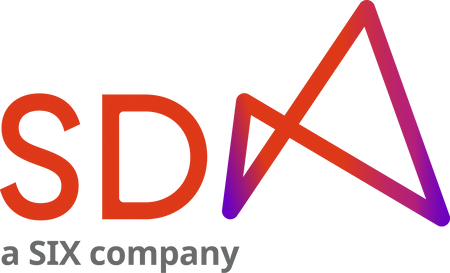Decentralized Finance creates new opportunities and enables innovative and novel market structure models through the introduction of Decentralized Exchanges [DEXs] and Automated Market Makers [AMMs].
Against this backdrop, it is time for Traditional Finance [TRADFI] to consider the future implications and opportunities arising from DEFI and to begin developing options and strategies for adapting to this new emerging world.
FROM CEX 2 DEX
DEXs have evolved considerably and are now capable of providing an alternative to traditional Centralized Exchanges [CEXs]. Unlike CEXs, which have a central operator and technology platform, DEXs enable direct peer-to-peer transactions. The utilization of smart contracts encoded on blockchains enables users to retain their private keys, reducing the counterparty risk that is inherent to CEXs. In doing so, DEXs eliminate intermediaries and allow users to trade directly from their non-custodial wallets.
DEXs have become a platform of innovation through product experimentation, which has led to the development of novel DEFI primitives such as flash loans, AMMs, algorithmic stable coins, synthetic assets, liquidity mining, decentralized pricing oracles and many more. DEXs also allow for greater interoperability between different DEFI building blocks, be they applications or protocols, unlocking entirely new commercial opportunities. In addition, DEXs can provide access to the long tail of digital assets that may be lacking sufficient liquidity or lack [initial] regulatory clarity for admission on a conventional CEX.
Furthermore, DEXs enable us to rethink traditional trade execution models – i.e., away from conventional Central Limit Order Books [CLOB] towards AMM models.
A key difference between AMMs and CLOBs is the price formation mechanism. The theory behind AMMs is based on game theory and behavioral economics. Unlike a CLOB model that collates and centrally displays prices at which buyers and sellers wish to trade, an AMM aggregates liquidity for both sides of a trading pair – demand and supply – into a single pool, and determines a single market price according to a deterministic algorithm with the pricing formula based on the pool’s current liquidity or the availability of an asset in the common liquidity pool. Hence, AMMs do not require market makers; instead they rely on liquidity providers to join the pool and expand their size to ensure that the transactions are executed at a fair price.
DEFI is creating notable economic opportunities for borrowers, lenders, buyers and sellers in the financial ecosystem. However, there are significant challenges before institutional DEFI adoption takes place; in particular: regulatory uncertainty, lack of transparency around governance and operating model, and risks associated with smart contracts including their potential lack of legal certainty and recourse. We note that DEFI regulation is on the rise globally and expect to see further developments in this space throughout 2022.
Accordingly, market participants need to undertake their own due diligence and risk analysis to determine which DEFI protocols are likely to comply with or be in breach of respective local securities and payments regulations.
Even in the face of greater regulatory clarity, there are other hurdles to overcome before institutional adoption becomes widespread. Technical challenges include a lack of scalability and asset interoperability. Furthermore, overcollateralized loans and a lack of price discovery on smart-contract controlled liquidity pools present significant risks for financial institutions seeking to participate on DEFI systems.
However, temporary complexity across the DEFI landscape can also offer commercial opportunities for organizations that can provide advice and act as a gateway into the emerging Decentralized Finance space.
DEFI – READY 4 PRIME TIME?
We see a number of key drivers for greater institutional adoption of DEFI. First, the chase for yield. Investors are always on the hunt for yield or search for the ‘edge’ that will enable them to generate Alpha. The strong historical performance of ‘CRYPTO’ means funds focused on digital assets have returned as much as 145% YTD; however, return ought to be commensurate with risks incurred. Second, DEFI investment opportunities are plentiful and cover a range of risk/ return constellations and thus provide a plethora of investment and yield opportunities across a broad spectrum of risk appetite combinations that should be attractive to a wide investor base in particular while low interest rates prevail. Third, there [still] is a beneficial crypto portfolio diversification effect through the inclusion of largely uncorrelated assets such as cryptocurrencies and DEFI investments in a typical investment portfolio [i.e. the traditional 60/ 40 asset allocation between equity and fixed income] to improve a given risk/ reward schedule.
Moreover, DEFI may provide the building blocks for true business model innovation and thus a platform for net new revenue generation beyond the traditional domain of ‘Faster Better Cheaper’.

